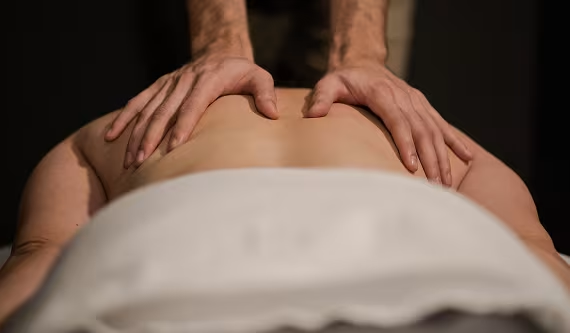Frisbee, a high-intensity sport that involves throwing and catching a flying disc, requires the use of several muscles in the upper body, including the chest, shoulders, arms, and back. While frisbee can be a fun and exhilarating game, it also poses several risks of injury. From shoulder sprains to wrist fractures, frisbee players are susceptible to a range of injuries.
In this article, we will discuss the key muscles used in frisbee, common frisbee injuries and their causes, effective treatments for frisbee injuries, and strengthening techniques for frisbee athletes.
Upper Body Dominance: Key Muscles Used in Frisbee
Frisbee requires the use of the chest, shoulders, arms, and back muscles to throw and catch the flying disc. The chest muscles, specifically the pectoralis major and minor, are responsible for the forward movement of the arms during the throwing motion. The deltoid muscles in the shoulders are used to stabilize the upper arm and provide power during the throwing motion. The triceps and biceps muscles in the arms are used to extend and flex the elbow, respectively. The back muscles, including the latissimus dorsi and rhomboids, are used to pull the arm back and generate power during the throwing motion.
Risks of High Intensity Play: Common Frisbee Injuries
Frisbee players are at risk of a range of injuries due to the high intensity of the sport. Common frisbee injuries include shoulder impingement, rotator cuff strains, wrist fractures, and ankle sprains. Shoulder impingement occurs when the tendons and bursa in the shoulder become compressed, leading to pain and inflammation. Rotator cuff strains occur when the tendons in the rotator cuff become inflamed or torn, leading to pain and weakness in the shoulder. Wrist fractures can occur when a player falls onto an outstretched hand while attempting to catch the frisbee. Ankle sprains can occur when a player lands awkwardly while jumping to catch the frisbee.
Fast Recovery: Effective Treatments for Frisbee Injuries
If you experience an injury while playing frisbee, it is essential to seek medical attention and begin treatment as soon as possible. Treatment for frisbee injuries may include rest, ice, compression, and elevation (RICE). Anti-inflammatory medications may also be prescribed to reduce pain and inflammation. Physical therapy may be recommended to help strengthen the affected muscles and improve range of motion.
Throwing Farther, Staying Safe: Strengthening Techniques for Frisbee Athletes
To prevent frisbee injuries, it is crucial to strengthen the muscles used in the sport. Strengthening exercises should focus on the chest, shoulders, arms, and back muscles. Push-ups, pull-ups, and shoulder presses are excellent exercises to strengthen the chest and shoulder muscles. Bicep curls, tricep extensions, and wrist curls are effective exercises to strengthen the arms and wrist muscles. Lat pull-downs and rows are useful exercises to strengthen the back muscles.
In conclusion, frisbee is a fun and exciting sport that requires the use of several upper body muscles. However, the high intensity of the sport poses several risks of injury. By understanding the key muscles used in frisbee, common frisbee injuries and their causes, effective treatments for frisbee injuries, and strengthening techniques for frisbee athletes, players can reduce their risk of injury and enjoy the sport safely.





